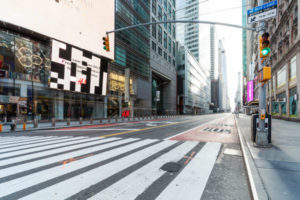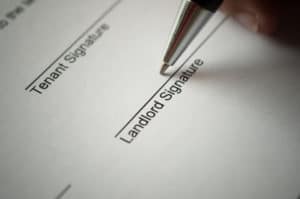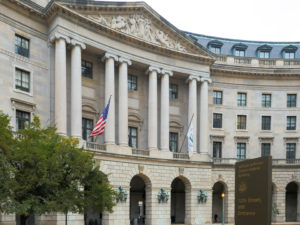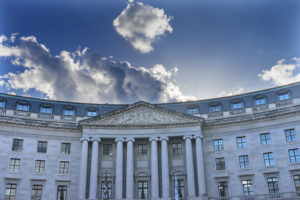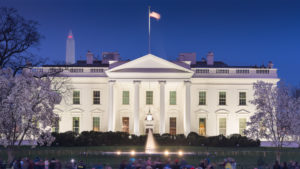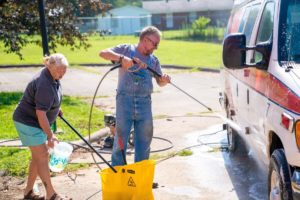The Hill: COVID-19 testing missteps illustrate failures of the regulatory state
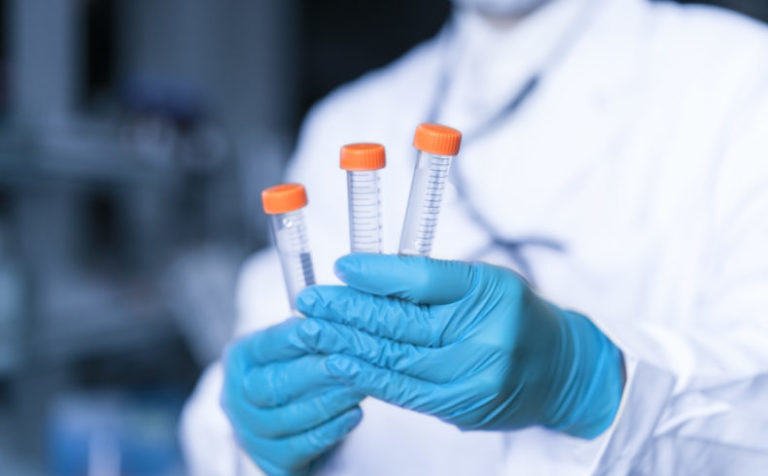
At this point in the COVID-19 pandemic, slowing the dangerous virus’s spread in the United States requires a two-pronged approach: altering behaviors through practices such as social distancing and sheltering in place, and widespread testing. Unfortunately, the second prong has been lacking, largely because of bureaucratic red tape and the failures of government agencies.
Although more than 1 million Americans have been tested, the ramp-up was anything but smooth. Despite early warnings about the need to produce fast, easy-to-use tests, our testing program was plagued with confusion and delay. As a result, we simply don’t know with any certainty who has been infected or where the virus is spreading.
Contrast South Korea. The first cases of COVID-19 were detected there on Jan. 20 ― the same day as in the U.S. ― but the testing response was vastly different. South Korean leaders moved to streamline approval for diagnostic tests, get private medical companies involved and launch drive-by test centers. Such rapid-fire innovations helped South Korea flatten its curve.
Why the difference in the U.S.? It is at least partially because of what critics call the “regulatory state” ― the massive bureaucracy that infects nearly every facet of American life. Even in ordinary times, the regulatory state places enormous expense and burden on everyday citizens. That’s bad enough. But more fundamentally, our elected representatives have allowed it to accumulate power from all three branches of government ― legislative, executive and judicial ― in violation of the separation of powers embodied in the Constitution.
In other words, the regulatory state has been given the power to create binding rules, enforce its own rules, and punish anyone it deems to have violated the rules. The more this unofficial “fourth branch” of government grows in size and strength, the more it restricts the nation’s ability to properly respond in a time of crisis. The consequence is that American doctors, entrepreneurs and medical supply businesses are frequently forced to act only by permission of government officials, rather than by using their own judgment.
Among the agencies that make up the regulatory state is the Centers for Disease Control and Prevention (CDC), which claimed exclusive control over the initial round of COVID-19 laboratory tests. But the CDC’s tests were not shipped until more than a month after we learned of the outbreak. And even then, the tests proved unreliable, a setback that put U.S. testing on hold during a critical window for containing the virus. The regulatory state made it illegal for private labs, or even local public agencies, to jump into action with their own solutions.
For weeks, the CDC also insisted on restricting tests to those who had recently traveled to coronavirus hot spots or had personal contact with an infected person. According to the CDC’s website, until the end of February, the U.S. was only testing about 100 samples per day; at the same time, South Korea was testing about 10,000 per day. These missteps left us in the dark about the true scope of the problem.
The regulatory state also includes the sprawling U.S. Food and Drug Administration (FDA), which made the initial decision to prevent state, academic and commercial labs from developing COVID-19 diagnostic tests. Even once it opened the door to additional development, the FDA’s cumbersome mandatory approval process made things drag on for weeks. And on March 20, the FDA shut down efforts to make available at-home testing kits, claiming that without the regulators’ stamp of approval, such testing simply couldn’t be trusted.
Of course, federal agencies can help in a crisis by providing information and coordination. But bureaucratic restrictions that prevent top-notch research firms from fighting a worldwide pandemic make no sense.
A pandemic health crisis demands a nimble response, but regulatory agencies are anything but nimble. A faster, more robust testing regime could have freed doctors, entrepreneurs, and private medical services to do their jobs — thereby reducing the number of infected Americans. And it would give individuals and health care workers crucial information that they need during a crisis.
So what would a more effective regulatory system ― one that allows for that more nimble crisis response — look like? For starters, it should be focused on information transparency and coordination with states and the private sector, rather than on imposing top-down control. It should promptly relax regulatory requirements in a time of crisis, rather than continuing business-as-usual ― or worse, clamping down. And it should respect our constitutional framework, where government power is divided and where binding laws are enacted only by elected representatives, not unaccountable bureaucrats.
Eventually, this pandemic will end. Let’s hope it’s sooner rather than later, and with far less suffering and loss than the early projections suggest. When that happens, Washington must get serious about examining the chokeholds that kept the government from responding to COVID-19 as effectively as it might have. One can only hope that the bureaucracy’s slow-footed response to this crisis will lead us to rethink the size, growth and power of the regulatory state.
Glenn E. Roper is an attorney at Pacific Legal Foundation, which litigates nationwide to achieve court victories enforcing the Constitution’s guarantee of individual liberty.
This op-ed was originally published by The Hill on April 7, 2020.



